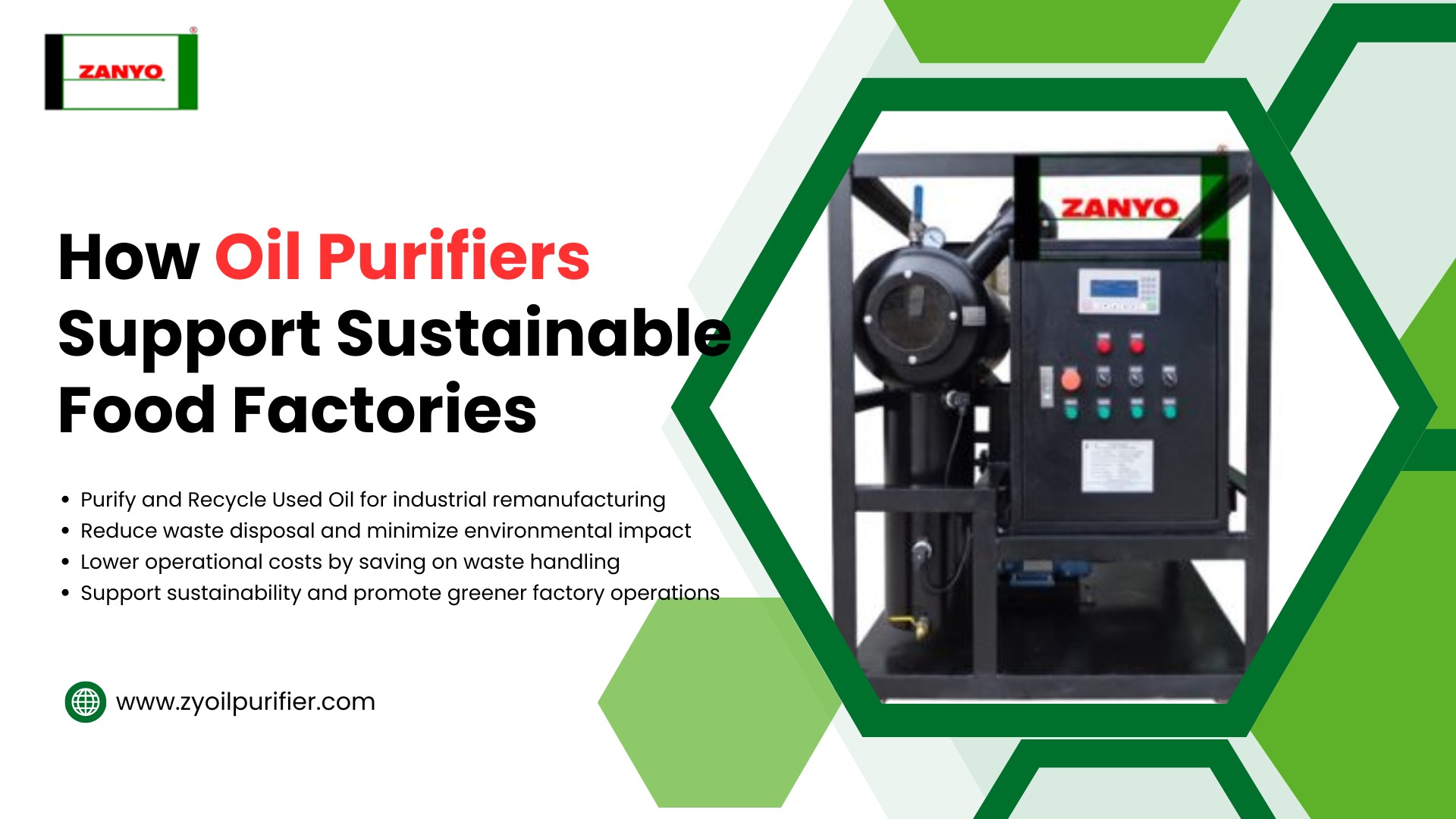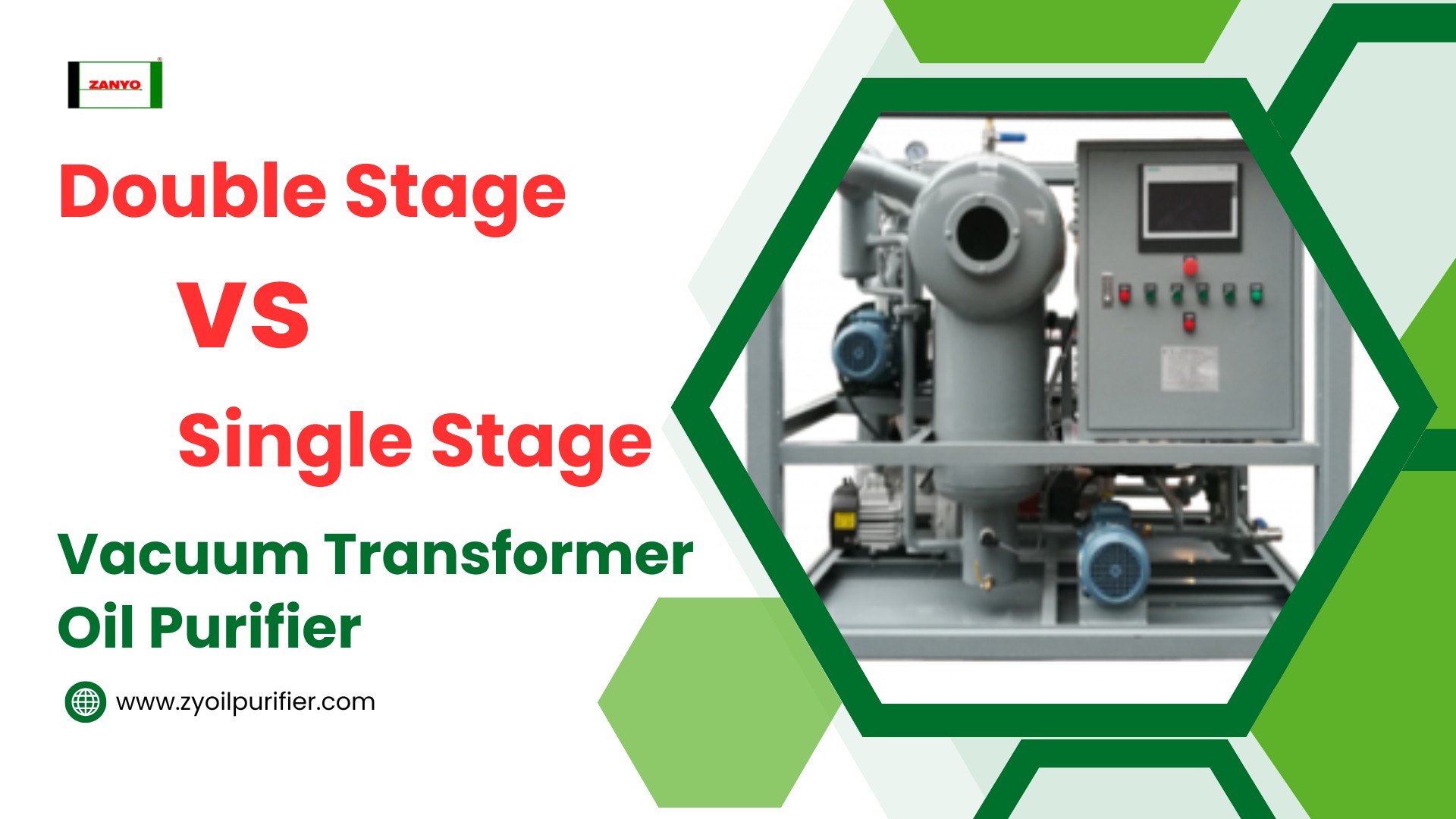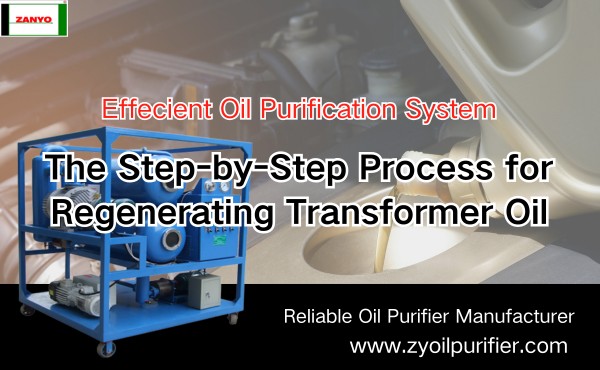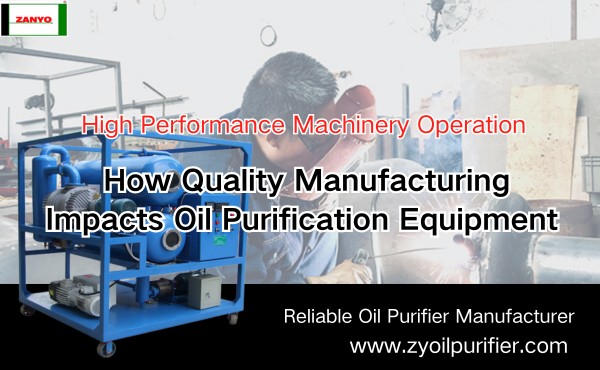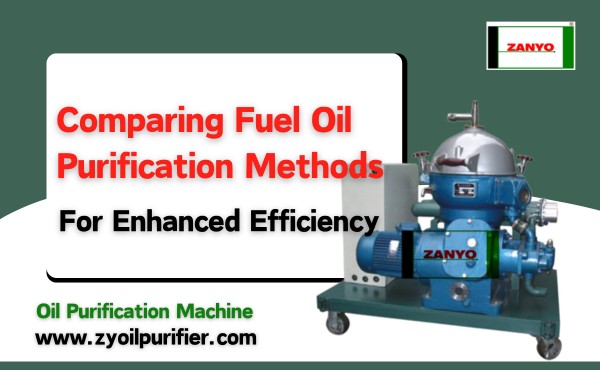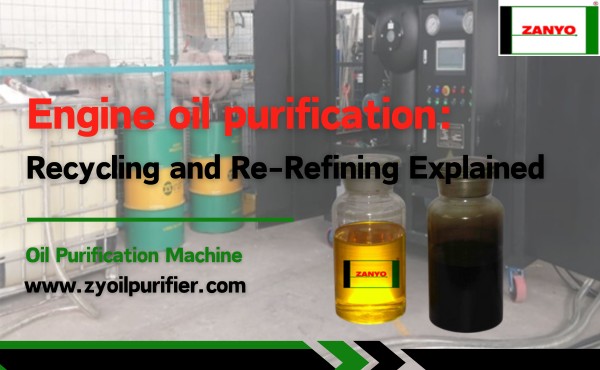Transformer oil plays a critical role in the performance and safety of electrical transformers, primarily by providing insulation and cooling. However, for transformers to function optimally over time, it is essential to ensure the quality of the oil through regular testing. This guide will explore various transformer oil testing equipments from ZANYO. By understanding these methods, operators can detect potential issues early, extending the lifespan of their transformers and preventing costly failures.
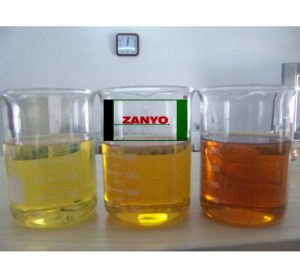
What is Transformer Oil?
Transformer oil plays a critical role in the operation of transformers by providing insulation and cooling. Over time, this oil can degrade due to exposure to heat, oxygen, and moisture. Regular transformer oil testing ensures the oil maintains its insulating properties and prevents potential failures.
Why Tansformer Oil Testing is Important ?
Testing identifies contaminants such as moisture, dissolved gases, and acids. These impurities can compromise the oil’s performance and lead to transformer malfunctions. For instance, moisture reduces the dielectric strength of the oil, increasing the risk of electrical breakdowns. Similarly, dissolved gases may indicate overheating or arcing within the transformer.
Transformer oil testing also helps extend the lifespan of transformers. By detecting early signs of oil degradation, operators can take corrective actions, such as oil purification or replacement. This proactive approach minimizes downtime and reduces maintenance costs.
Another key benefit of transformer oil testing is ensuring safety. Faulty oil can lead to overheating, which poses fire hazards. Testing provides insights into the transformer oil’s condition, enabling operators to address issues before they escalate into dangerous situations.
Transformer Oil Testing Parameters
Dielectric Strength Test
The dielectric strength test evaluates the insulating capability of transformer oil. This test measures the voltage at which the oil breaks down electrically. A high dielectric strength indicates the oil can effectively insulate and prevent electrical discharges. Contaminants like moisture or particles reduce this strength, making the test essential for assessing oil quality.
Dissolved Gas Analysis (DGA)
Dissolved gas analysis identifies gases dissolved in transformer oil. These gases often result from overheating, arcing, or insulation breakdown. By analyzing the gas composition, operators can detect faults early and prevent transformer failures. DGA is one of the most reliable oil testing methods for diagnosing internal issues.
Moisture Content Test
Moisture in transformer oil reduces its insulating properties and accelerates aging. The moisture content test measures the water concentration in the oil. This analysis helps operators maintain optimal oil performance and avoid electrical breakdowns caused by reduced dielectric strength.
Interfacial Tension (IFT) Test
The interfacial tension test measures the surface tension between transformer oil and water. A low IFT value indicates oil contamination or degradation. This test provides insights into the oil’s condition and helps determine if purification or replacement is necessary.
Acid Number Test
The acid number test determines the acidity of transformer oil. Acidity increases as the oil oxidizes, leading to sludge formation and reduced performance. Regular analysis of the acid number ensures the oil remains within acceptable limits, preventing damage to the transformer.
Visual Inspection and Color Test
Visual inspection and color tests provide a quick assessment of transformer oil. Changes in color or clarity often indicate contamination or aging. While not as precise as other oil testing methods, these tests offer a simple way to identify potential issues.
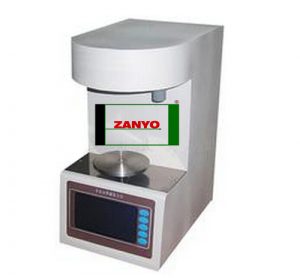
ZANYO‘s Transformer Oil Testing Equipments
ZYIIL – II Automatic BDV Tester
Breakdown Voltage (BDV) Tester measures the dielectric strength of transformer oil. This equipment applies increasing voltage to the oil sample until it breaks down electrically. It provides precise and reliable results, helping operators assess oil condition and identify contamination. Regular use of this tester ensures transformer fluid analysis remains accurate and supports effective transformer maintenance.
ZYSCKF105 Offline and ZYMMT Online Moisture Sensor
Moisture sensors detect water content in transformer oil. Offline sensors analyze samples in a laboratory, while online sensors monitor moisture levels in real-time. These tools are essential for transformer moisture content tests, as they help maintain oil quality and prevent insulation failure caused by excess water.
ZYSCSZ706 Automatic Acid Analyzer
Acid Analyzer determines the acidity of transformer oil. This equipment simplifies the process of acid number testing, providing quick and accurate results. Monitoring acidity levels is crucial for maintaining oil condition and preventing sludge formation.
ZYDMT Gas Dewpoint Meter
The tester measures the dew point of gases in transformer oil. It helps detect moisture and ensures the oil remains within acceptable limits. This tool is critical for maintaining oil quality and preventing electrical breakdowns.
ZYHW Insulation Resistance Tester
This tester evaluates the insulating properties of transformer oil and other components. It ensures the transformer operates safely and efficiently, reducing the risk of failures.
ZYZL Transformer Oil Interfacial Tension Test
This equipment measures the interfacial tension between oil and water. A low value indicates contamination or degradation. Regular testing with this tool helps maintain oil condition and supports effective transformer fluid analysis.
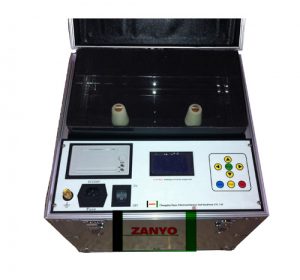
Choosing the Right Tranformer Oil Testing Equipments
Key factors to consider
Selecting the right equipment for transformer oil testing requires careful evaluation of several factors. Accuracy should be the top priority, as precise measurements ensure reliable oil analysis results. Equipment with high accuracy minimizes errors and supports effective decision-making.
Budget constraints also play a significant role. Operators must balance cost with functionality, opting for tools that provide essential features without unnecessary expenses. Testing frequency is another critical consideration. For frequent testing, durable and automated equipment can save time and reduce operational effort.
Importance of equipment calibration and maintenance
Regular calibration and maintenance are essential for ensuring the reliability of testing equipment. Calibration adjusts the device to deliver accurate readings, which is crucial for maintaining the integrity of oil analysis.
Neglecting calibration can lead to inconsistent results, potentially compromising transformer performance. Maintenance extends the lifespan of the equipment and prevents unexpected failures. Operators should follow manufacturer guidelines for servicing and schedule periodic checks to keep the tools in optimal condition.
Conclusion
Understanding the different transformer oil testing methods and the equipment used is key to ensuring transformers operate safely and efficiently. With the right tools, operators can identify issues like contamination or oil degradation early on, enabling timely intervention and reducing the risk of unexpected breakdowns. Investing in reliable testing equipment and adhering to regular maintenance is essential for maintaining transformer performance and preventing safety hazards.

